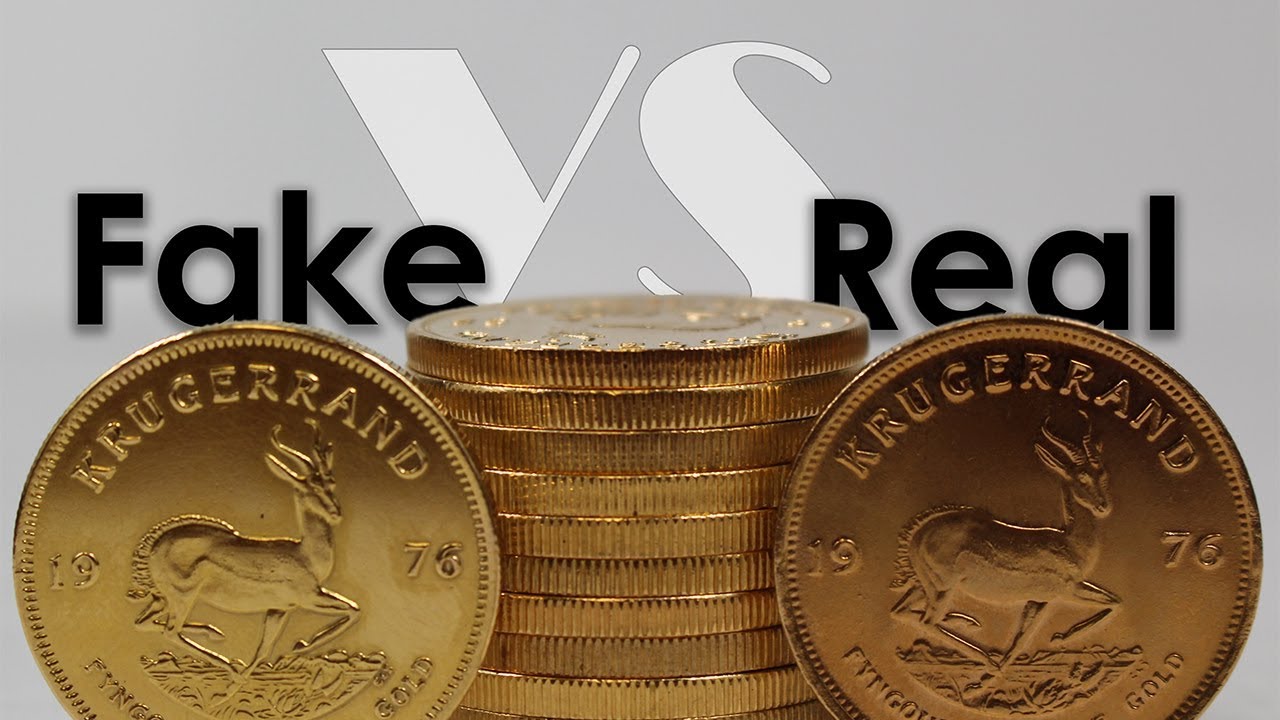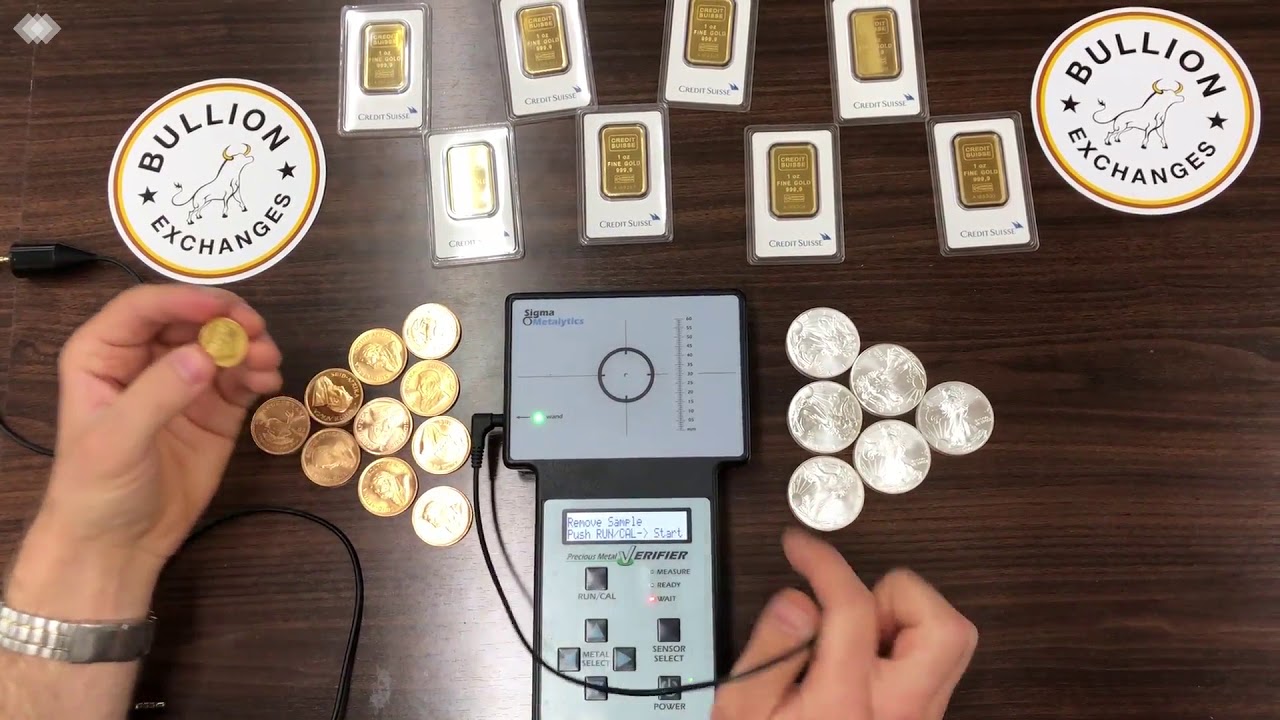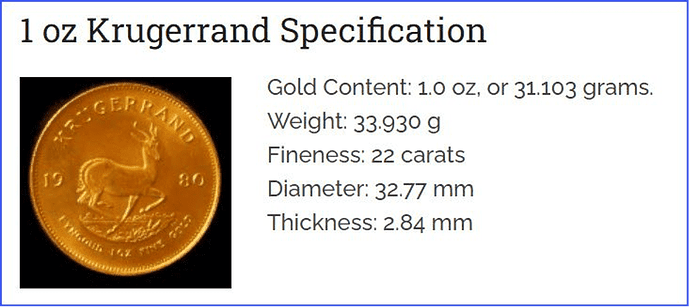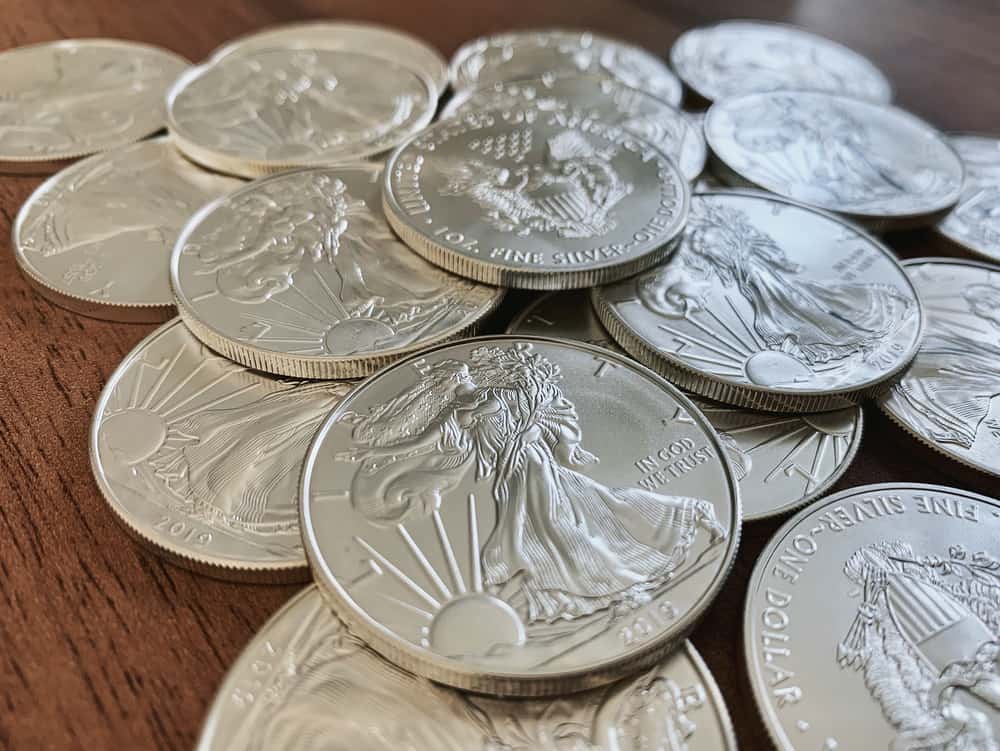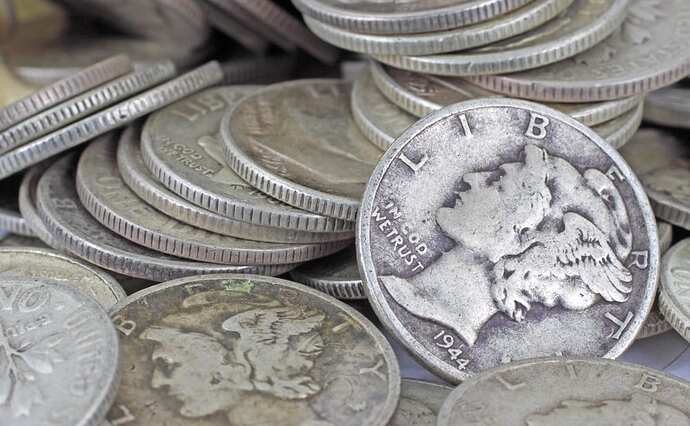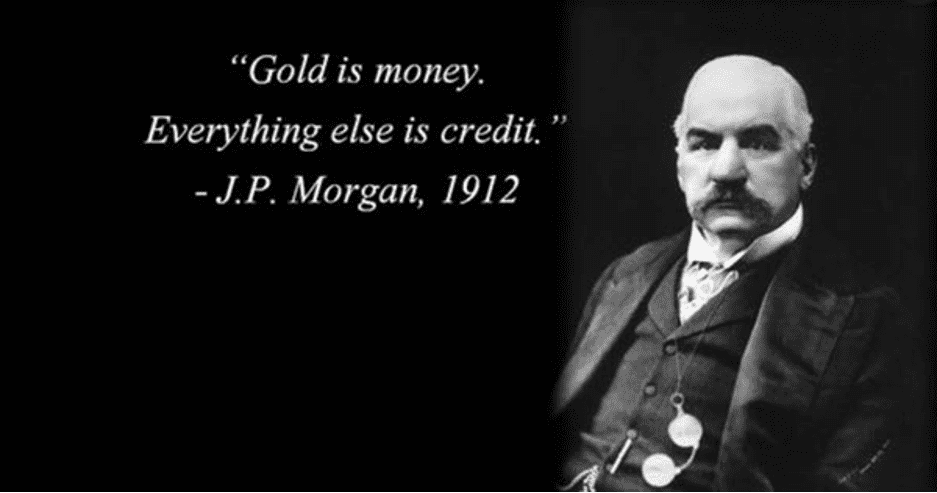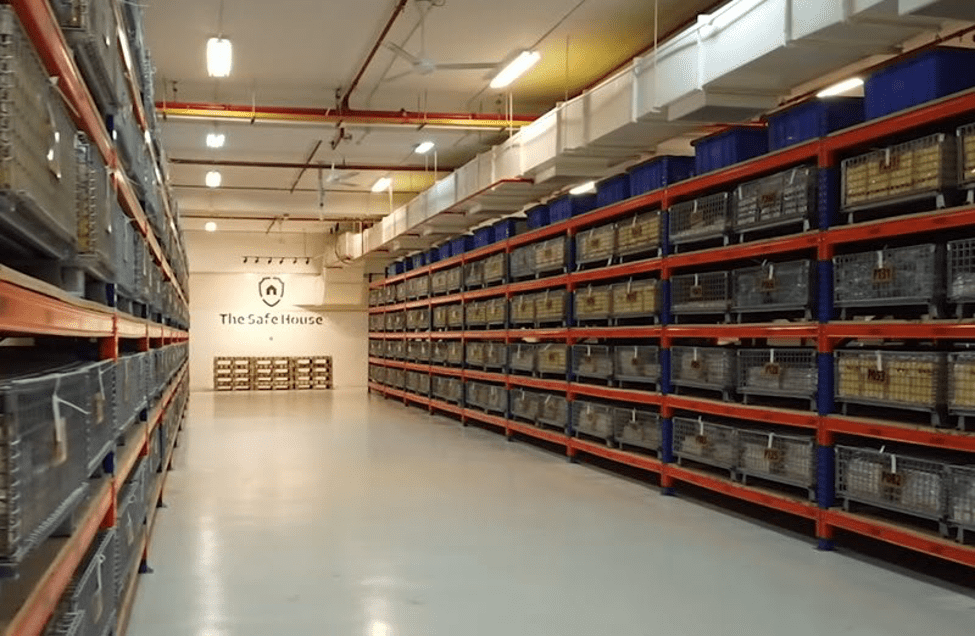Buying precious metals is not as easy or intuitive as many people might think. I originally wrote this guide more than 10 years ago certain that before long the media and Wall Street would eventually do a much better job explaining precious metals and demystifying the purchase process to investors.
But that hasn’t happened. So, if you feel particularly uninformed, there’s a reason for that. Best guess, Wall Street would prefer that you remain “in the market” buying their paper-based wares such as stocks and bonds while skimming their cuts along the way.
So, in the spirit of helping you buy your first gold or silver, here is the latest version of the original Gold and Silver Buying Guide I last updated in 2018.
I remember buying my first gold in 2001. When it showed up mostly covered in stamps (insured, of course) I was taken aback that so much wealth was contained in a surprisingly small but heavy package. Once I held my first coin in my hands, I was hooked. Something universally primal was triggered. Holding physical, concentrated wealth is an unmistakable sensation. It’s real and tangible.
But first, a legal disclaimer:
Nothing in this document constitutes personal financial advice. Always consult with a professional financial advisor before taking any big steps. While we may endorse some strategies and companies we like, it is expected that you will conduct your own due diligence before investing your money. We’ve done our best to screen every promoted company for great service and competitive prices, but you may find better options on your own and we heartily encourage you to work with whomever you prefer.I do care about one thing, however: that you get some gold and silver by whatever means (legally)! A local coin shop in town, or a single coin from a friend? Whatever works best to get you started on the correct path.
What's The Cliff-Notes Version of This Tutorial?
- Build an emergency stash of gold and silver immediately if you don't have any.
- Focus on owning much more silver by weight.
- Buy well-recognized coins and bars (Eagles, Krugerrands, etc.).
- Use GoldSilver.com for physical purchases (Mike Maloney is a good friend, and Peak Prosperity has an affiliate relationship).
- Hide them carefully, don't tell anyone, and leave a treasure map somewhere just in case.
- Decide how much total asset exposure you want to precious metals, then make a plan to obtain it.
- Use Hard Assets Alliance for larger purchases to be professionally and securely vaulted and stored.
- Invest in mining stocks and other leveraged plays only after you've built up your physical positions. This really requires some help from your financial advisor. (More on that in a different article.)
The Simple Strategy
Everyone who buys insurance should consider gold and silver an economic policy. Don't try and pick a day when the price seems best, just do it. And don’t stress the prices, you’re buying for the long-haul because if our world goes sideways, today’s prices will be meaningless.Start buying your insurance today and keep at it until your insurance portfolio of physical gold and silver has met your personal target(s).
Many people buy both gold and silver. So, the first question is “how much of each?”
Keeping it simple, you might invest a similar, 50:50, dollar value in each. Which means that on an ounce-by-ounce basis you’ll end up with 80 times as much silver as gold (based on the 2022 ratio of 80:1 for silver to gold). But on a dollar-for-dollar basis, they will be the same amount.
Personally? I have a 2/3rd to 1/3rd ratio of gold to silver, but some people have more silver than gold. It’s a matter of personal preference.
Why Precious Metals?
During tough times, fiat money loses value. Always. Today, the inflation we’re experiencing is the real-life process of our dollars (fiat money) losing buying power (value). It’s not “gold becoming more expensive” as the media tries to paint it, but a case of each dollar being able to buy less and less gold (or silver or food) over time.History is replete with examples of nations going bankrupt and their paper (fiat) money becoming worthless. Germany post World War I is an iconic example. The alternative and safe bet is always precious metals. They always have value. In every period throughout history, gold and silver have had value which has been remarkably stable. It is often said that an ounce of gold would buy a rocking toga in Roman times and today it would get you a killer Italian suit. That’s what we mean by stable.
If you have a decent financial advisor, they should tell you having some physical gold or silver is a good way to diversify your portfolio. If they don’t…fire them.
Now, there are two terms to keep in mind:
- Bullion is the most common term for coins and bars.
- Sovereigns are government-minted coins that also are the most recognized around the world.
The most recognizable are the American Eagle, Canadian Maple Leaf, South African Krugerrand and the British Sovereign. There are plenty more like the Austrian Philharmonic or Australian Kangaroo, but they are not as prevalent in most countries.
For simplicity and purchasing options, buy in small one-ounce portions like the coins pictured here. It’s just too impracticable to make change with a gold bar.
Also, the popularity of sovereigns makes it easy for dealers to spot a fake, which is especially popular with increasing concern over China’s amazing forgery talents.
Here are four ways to perform tests for real gold or silver three of which can be done at home rather easily. Yes, there’s an app for that.
How to tell if gold is real, from the Money Metals Exchange:
And here’s a more in-depth look at a professional device, the Sigma Metalytics Gold and Silver Verifier:
Measurements Matter
Bullion is measured in ounces, but it’s not same ounces your kitchen scale measurements. Precious metals are measured in a "troy ounce" which is 9.7% heavier than a regular ounce. One troy ounce = 1.09714286 ounces. In metric terms, a regular ounce is 28.35 grams and a troy ounce is 31.10 grams.To complicate things further, some gold coins are pure gold (24 carats, or 0.999 pure) and the rest are alloyed with silver (or copper in the case of Krugerrands giving them their distinctive reddish tint). So, they will weigh even more than a troy ounce because of that additional weight.
When you buy an ounce of gold bullion, you are getting a troy ounce of gold. Here’s an example:
[caption id=“attachment_502998” align=“aligncenter” width=“977”]
Gold is a soft metal. Other metals are infused into the gold to give it strength. The Krugerrand includes copper to give it the beautiful coloring.[/caption]Why Does The “Spot” Price Differ From The Store Price?
When the price of gold is quoted on TV it is always the “spot” price that one would pay at that very moment (on the spot) if one were able to buy a 400-ounce bar of gold directly from the COMEX exchange which virtually nobody can actually do logistically or financially. After all, 400 ounces at $2,000 an ounce is an $800,000 bar.Someone has to buy that huge bar, process it, turn it into 400 separate coin “blanks” and then stamp them into the beautiful shapes we see above. Which means that you and I will always pay more than “spot price” for an ounce of gold because manufacturing and storage costs are included in our price. Like any business, everybody in the precious metals supply chain has costs to absorb and deserves to make a profit.
The total price above the spot is the “premium” we’ll pay. Luckily, the industry is highly competitive in the U.S. and so the premium we’d typically pay during calm periods is between 1% and 5% above spot for one ounce gold coins (other countries with VAT taxes have wildly different experiences with this, sorry to say). Silver tends to be a lot higher on a percentage basis because of the high cost of processing relative to the value of the intrinsic metal in each coin.
In general, if you buy 1 oz. sovereign coins, you’re in the sweet spot for affordability. You also should be aware that the smaller you go in coin weights, the more processing there is per coin, which translates into a higher premium. For example, the premium for teensy-tiny one gram bullion bars will be in the vicinity of 30% or more over spot. As an example, if spot gold were $2,000 per ounce, a one-gram bar might cost an additional $85 representing a 31% premium over spot.
Don't Buy Numismatic Coins for Your Bullion Strategy
According to Websters, numismatic means the study or collection of coins, tokens, and paper money and sometimes related objects (such as medals). In short, numismatic coins are bullion collectibles no longer in circulation. The bulk of their value rests with their rarity, not their gold or silver content.While that rarity premium is a downside, the potential upside is that historically, at least in the U.S., the government has not confiscated numismatics.
I find them to be beautiful and attractive and certainly understand their allure.
Here are a few U.S. examples:
However, steer clear of numismatics as a part of your bullion strategy because in a crisis such coins are likely to be valued only on the basis of their gold content and none of the collectible premium you paid. In short, you’ll lose money on that premium.
If you do contact a gold dealer and they try to steer you towards numismatics, my advice is to run and scratch them off your trusted list.
Silver's Role in My Insurance Plan
I personally prefer silver over gold at this point of the story. Roughly, at the time of this writing, gold costs 80 times as much per ounce as silver. That's an extreme difference historically speaking and I expect silver to do better over time than gold as it "catches up" with the price of gold.I also happen to have gobs of data to suggest that the price of silver is a plaything of Wall Street firms and is heavily rigged by them to keep the price down. Why do they do this? Because they can, and because they make money doing it. Part of me is annoyed at the games and rigged markets Wall Street revels in. The other part of me enjoys buying silver at these discount sales Wall Street manufactures from time to time.
However, price suppression has a deeper cost, and that happens to be throttled output as new mines are not brought online because prices are too low. If, as they say, the cure for higher prices is high prices (meaning high prices encourage new supply to come to market) then the corollary is that low prices are the cause of low supplies. So, I am extremely bullish on the imminent shortages of silver that I see in the future.
Further, silver isn’t like gold. Gold is mined and then it sits in guarded metal boxes being traded over and over again. Gold is money. That’s its use. Silver is money, or it could be money again I should say, but it is mainly an industrial metal. That means it is mined, used and only partially recycled, with the remaining balance forever disbursed into landfills the world over. In other words, it is both depleted and depleting from the world. So, I happen to own quite a lot of physical silver.
You have many options to consider when buying silver. First, how much do you want to hold yourself? In which forms? How much can you store at home given how bulky it is. How much would you prefer to be held in a vault for you somewhere?
The basic forms are bars and coins with both government-issued and private mint options. Again, as with gold, there will be a premium over spot and with silver it is often a lot higher than gold.
Sovereign silver coins such as the American Silver Eagle and the Canadian Maple Leaf typically have the highest premium over spot.
Private mints make a wide variety of coins, called “rounds” and various assorted bars ranging in size from 1 oz. to several kilograms. Again, less popular “brands” will be less recognizable by dealers and the average person, and you might be forced sell them at a discount (or perhaps, not at all).
One of your best silver options is to purchase pre-1964 U.S. coins (quarters, dimes, etc.), also called “junk silver”. Back in the day, the government minted our coins with 90% silver. It’s a much cheaper option and if you’re bartering with silver, you literally have change you can use versus bars or larger coins.
Besides having smaller increments to buy smaller products, if you need to use pre-1964 coins, remember they are worth much more than a quarter, dime or half-dollar. You can monitor their real (intrinsic silver) value at Coinflation.com.
I have quite a bit of junk silver with the idea that it might become useful to help re-start our local economy if/when the dollar fails. However, if you attempt to sell junk silver during a recession, dealers will offer less because of the difficulty of them being able to sell the coins to refiners.
It’s Silver and Gold, not Silverandgold
Sometimes people say “silver and gold” as if it were one word expressing once concept. Silverandgold.I prefer to think of them as entirely different metals with entirely different investment theses. Gold is a monetary metal. It is not used industrially to any notable degree, and really has one, singular use; it is money.
I hold gold because of that quality. I believe that fiat currencies are going to bankrupt themselves as they always do because they are driven by human whim. Will gold eventually come back as money? I believe it will, as it always has.
Silver, on the other hand, is an industrial metal. It is mined and consumed. I buy silver because of its rare qualities. On the period table of elements, it is the most reflective and the most conductive of any element. It also has the highest thermal conductivity.
This trio of amazing qualities assures that silver will be sought after for industrial purposes for as long as there is industry to make use of it.
It is also being mined and lost molecule-by-molecule back into the soils and oceans of the world. This dispersion of silver assures that there is effectively less and less of it each year for we humans to eventually get our hands on in useful form. Mines are depleting with every passing year.
Add all that up and we have a rare industrial metal element that is prized for its amazing qualities which is depleting rapidly from the earth’s crust. And that’s why I hold silver. It’s my “Rip Van Winkle” holding. Wake me up in 20 years with just one asset from my entire collection and I’d pick silver to be that thing.
So, it’s not silverandgold. It’s silver and gold.
How Much Should I Store for Emergencies?
I am a terrible person to ask because I have an insanely unsupportable over-exposure to gold and silver in my portfolio. Think "over 50%" and you are headed in the right direction.You want enough to survive over a long period of time, but without needing a vault and an armed guard. And by all means, do not watch the prices. Remember, this is about survival in a crisis.
One good thought on value, precious metals aren’t popular products in the vast majority of homes. So, a little will go a long way.
Who Should I Trust to Buy Gold and Silver?
Peak Prosperity endorses several firms, all of which we trust will treat you well and give you high-quality service. For buying physical gold and silver, my good friend Mike Maloney has built an exceptional company in GoldSilver.com. We have an affiliate relationship with them which means some of their profits flow to us, without costing you a penny extra. We also have endorsed Hard Assets Alliance for many years, have an affiliate relationship, and will explain more about them below.An affiliate relationship allows companies like Peak Prosperity to earn a small percentage from each sale we generate for a partner company without costing our readers anything extra.Whether you use these or a different online or local firm, my advice is to deal with a firm that has been in business for years - ideally a decade or more - and has a well-respected brand. These firms have a reputation to protect, and thus will be less likely to gouge you, sell you inferior product, or do anything shady/illegal.
There should be no product quality difference whether you buy sovereign coins from a local or an online store. But there is an important advantage to buying from a local dealer: the relationship.
It can be highly valuable to have a local dealer who knows who you are, values your patronage and knows they have sold you good products. In a time of panic, bullion supply can quickly dry up, as it did in supreme fashion in 1980, when coin shops had lines around the block of people desperate to exchange their dollars for gold. In that kind of limited inventory environment, being on a dealer’s “preferred customer” list - getting first access to restricted supply if you want to buy more, or receiving discrete VIP treatment should you want to sell - will be a tremendous advantage.
If instead, you prefer to purchase online, as I tend to do, there are many good merchants out there and a few questionable ones.
Bullion Stored for You (at Hard Asset Alliance)
For many investors, bullion storage companies can be a good fit.Peak Prosperity has, for years, endorsed solutions like the Hard Assets Alliance. (Again, Peak Prosperity has an affiliate relationship with HAA. They share some of their revenues with us for directing customers their way, without costing customers anything. Our Peak Prosperity Insiders and VIPs can secure their first six months of storage completely free, another benefit to our higher tier members.)
You can purchase gold and silver through HAA at competitive prices, and they will store it for you in a high-security vault in one of several locations. HAA also will sell small amounts of precious metals and ship them directly to you.
What’s really cool is that your vaulted contents are insured in bullion. It’s a one-for-one replacement.
In terms of storage options, the HAA holds any precious metals you buy in your name. By definition, this is called “allocated” storage. It’s yours alone.
[caption id=“attachment_503003” align=“aligncenter” width=“977”]
An example of allocated storage (not an HAA vault room).[/caption]Allocated means a specific bar with a specific serial number, or a set number of coins on a specific shelf, are legally allocated to a specific owner: you. If it’s “unallocated” it means your sharing the bullion with others. When using a storage company, definitely choose allocated solutions over unallocated ones.
Also, the vaulting company should be routinely audited by third parties at least once a year. HAA goes further than that: “The contents of each vault we use are audited daily by the provider and reconciled with HAA records. Every movement in and out is meticulously logged and tracked on camera. At least twice each year, the vault is independently audited by an internationally recognized auditing firm that specializes in precious metals.”
When doing business with HAA, rest assured that it offers excellent pricing because it uses Gold Bullion International’s industrial-grade platform, and a minimum of four dealers compete for your business.
They also offer a “worry-free” automated purchasing program that lets you create a set-it-and-forget-it plan for accumulating bullion over time. This lets you tap the power of dollar-cost-averaging without having to actively manage the process.
In addition, HAA will ship it to you with a click of your mouse.
Should I Store Bullion at Home?
You might, but if you do, keep it a secret. Because I have a very public persona, I keep all of mine offsite in a combination of safety deposit boxes and vaulting solutions. But some people prefer the closeness of keeping it…within reach.Obvious storage options are a safe in your house, or somewhere more imaginative.
Gold is a highly concentrated form of wealth. You can easily wrap your hand around $50,000 of the bullion. Such tiny volumes can be hidden almost anywhere. Again TELL NO ONE what you own. The fewer people who suspect you have any gold, the lower your risk of robbery, or jealous family members wanting a loan.
One real concern though is that many insurance policies do not cover large amounts of bullion. Or possibly any at all. If you are counting on insurance in any way shape or form, you should spend a little bit of time investigating your policy and its limits.
If you do stash any wealth away in a hard-to-find spot, be sure to write down instructions to that stash where a loved one can find it should you unexpectedly pass or you are away from home and need to tell someone where to find it.
Or be sure to place it with an aluminum dog tag with your name on it in case you forget where you buried it. That way, when it is unearthed in 1,000 years and placed in a museum, the displayed hoard may carry your name.
Obviously, bank safety deposit boxes are generally safer. However, if banks close during a financial crisis, you’re out of luck. Some will tell you that in 1933 the U.S. confiscated gold and forced people to open their safety deposit boxes in the presence of a Treasury agent who would seize any gold coinage or bars found therein.
While true, it is also true that in 1933 gold WAS money. Today, that’s not the case and so we don’t anticipate a repeat seizure episode. If or when gold is once again made into sovereign money we will reevaluate this position, but for now it’s not a concern of ours.
Act Before It’s Too Late
My concern? The market realities: when the big money decides to buy gold and silver, you and I will be effectively shut out. Quoted prices will skyrocket, and there simply won't be any available supply. By the time there is, the price will move up even more locking out all the late and smaller entrants.I’m old enough to have experienced three periods when the retail silver market completely ran out of supply leading to wait times of between six to eight weeks for product. And that was with only us few devoted retail players involved (aka “silver bugs”).
When (not if) the big money and the general hordes of the buying public arrive, the world of gold and silver will prove to be too small to accommodate them all. As they say, the doorways will get clogged. You can expect long frustrating delays to get your hands on any gold or silver, and that’s if you can find any to secure at all.
That future world will consist of those who pre-positioned themselves and those who didn’t (but wish they had). The haves and the have nots.
Maybe the most important concern: a crisis is not guaranteed to go slow. If it happens, and you’re trying to make a decision, and haven’t yet eo knowstablished a banking line with a precious metals company, you and your loved ones may be out of luck…in ways we don’t want to ponder.
This is a companion discussion topic for the original entry at https://peakprosperity.com/gold-and-silver-guide-2022/

